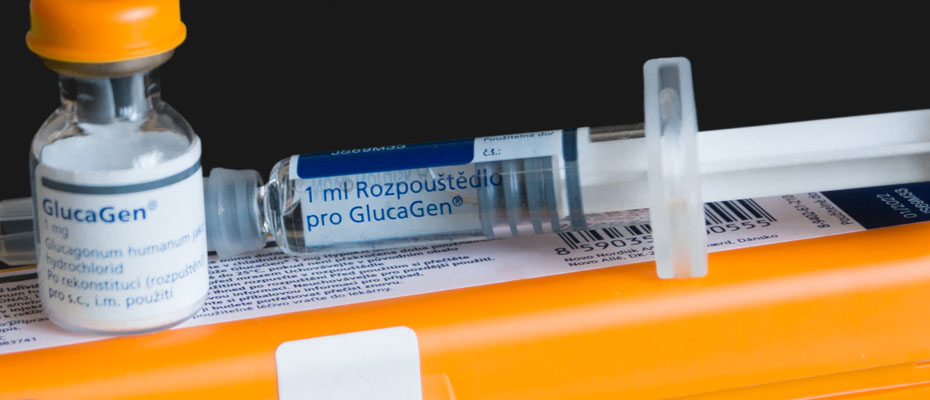Insulin shock therapy

I just finished reading The Bell Jar by Sylvia Plath, which follows a woman’s descent into madness. While in the asylum, the main character receives insulin shock therapy, a commonly used psychiatric treatment in the 1960s when Plath wrote the novel. It was the preferred method for dealing with schizophrenia, and a famous case is mathematician John Nash, who spent long periods institutionalized.
While Plath’s character only suffers weight gain from the insulin shocks, the side effects were more severe for many patients. Trained staff administered large doses of insulin to produce daily comas over several weeks. Injections were typically given six days a week for two months to patients who showed promise, but in some cases, insulin comas went on for a couple of years.
To induce the coma, medical staff increased the insulin dose to the range of 100-150 units a day. I have no insulin production as a type 1 diabetic and I take 30 units a day, so 150 units is a lot of insulin. They occasionally used doses as high as 450 units. After injections, patients experienced the typical symptoms of hypoglycemia with drowsiness and sweating before, providing the dose was high enough, coma set in. This state was maintained for up to an hour before being terminated by intravenous glucose. Now imagine going through that every day for a couple of months. You’d feel rough, to say the least. Many patients developed seizures during the coma, which psychiatrists considered therapeutic and sometimes complemented with electroconvulsive treatment.
First introduced in 1927, insulin shock therapy was the brainchild of Austro-American psychiatrist Manfred Sakel. He started by treating psychopaths and drug addicts with lower insulin doses and had an epiphany one day when a patient experienced mental clarity after an accidental coma occurred. From this, Sakel deduced that large insulin doses could work for mentally ill patients. After he published his results in the 1930s, it became the treatment of choice for schizophrenia. It took until the mid-1960s before doctors moved away from insulin shock therapy in favor of antipsychotic drugs.
People sometimes ask me what would happen if they took large doses of my insulin. Convulsions and coma are the answers. Sadly, we have plenty of experimental data to back it up. The history of medicine is brutal. Psychiatry in particular.